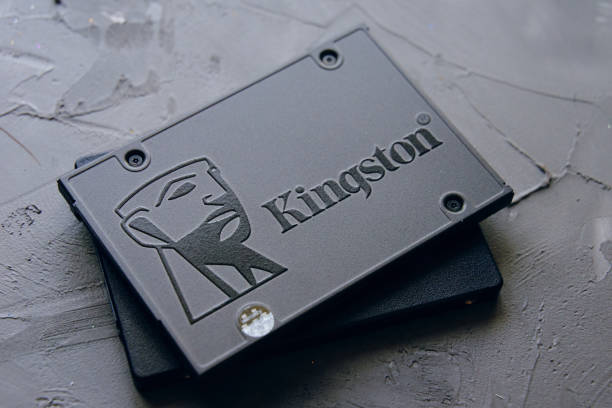Solid-state drives (SSDs) have revolutionized data storage, providing faster, more reliable alternatives to traditional Hard Disk Drives (HDDs). This comprehensive guide aims to unravel the workings, benefits, types, considerations, and future trends surrounding SSDs.
Introduction to Solid-State Drives (SSDs)
SSDs represent a technological leap in data storage, replacing the spinning disks of HDDs with non-volatile flash memory. This absence of moving parts contributes to their exceptional speed, durability, and efficiency in storing and retrieving data.
How SSDs Work
Unlike HDDs, which use magnetic spinning platters, SSDs utilize NAND flash memory chips to store data. This lack of mechanical parts results in faster read and write speeds, reduced latency, and greater resilience to physical damage.
Advantages of SSDs Over HDDs
Speed and Performance
SSDs offer significantly faster data access, leading to quicker boot times, faster application launches, and improved system responsiveness, making them ideal for both personal and professional use.
Durability and Reliability
With no moving parts, solid-state drives are less susceptible to physical shock, making them more durable and reliable than HDDs, crucial for laptops and devices on the move.
Energy Efficiency
SSDs consume less power than HDDs, contributing to longer battery life in laptops and reduced energy costs in desktop systems, making them environmentally friendly alternatives.
Types of SSDs
SATA SSDs
The most common type, SATA SSDs use the SATA interface and are compatible with most systems, providing substantial performance improvements over traditional HDDs.
NVMe SSDs
NVMe (Non-Volatile Memory Express) SSDs leverage the NVMe protocol, offering significantly faster speeds than SATA SSDs, making them perfect for high-performance computing applications.
PCIe SSDs
Connecting directly to the computer’s PCIe slot, PCIe SSDs deliver exceptional speeds, primarily used in enterprise-level applications and high-end gaming setups.
Factors to Consider When Choosing an SSD
Capacity and Storage Needs
Assess your data storage requirements and choose an SSD with adequate capacity, considering the types of files and applications you’ll be using.
Read and Write Speeds
Evaluate the SSD’s read and write speeds to ensure it meets your performance expectations, especially for tasks involving large file transfers or intensive applications.
Endurance and Lifespan
Consider the SSD’s endurance rating, particularly for scenarios involving frequent read/write operations, to ensure its longevity.
Impact of SSDs on Computing
Improved Boot and Load Times
SSDs significantly reduce boot times and application loading speeds, enhancing overall system performance and user experience.
Enhanced Gaming and Multimedia Experience
Gamers and content creators benefit from faster data access, resulting in smoother gaming experiences and quicker multimedia editing.
Productivity and Workflow Efficiency
SSDs boost productivity by facilitating faster data access, enabling swift application launches, and smoother multitasking.
Future Trends in SSD Technology
Advances in NAND Technology
Developments in NAND flash memory technology promise higher capacities, improved speeds, and reduced costs for SSDs.
Development of Optane Memory
Intel’s Optane technology aims to bridge the gap between SSDs and RAM, offering even faster speeds and responsiveness.
Expansion of SSD Applications
SSDs are expected to find applications in various fields beyond computing, including data centers, automotive, and IoT devices, shaping the future of technology.
Conclusion
Solid-state drives (SSDs) have revolutionized data storage with their speed, reliability, and efficiency. As technology progresses, SSDs continue to drive innovation, shaping the way data is stored, accessed, and utilized across diverse domains.



